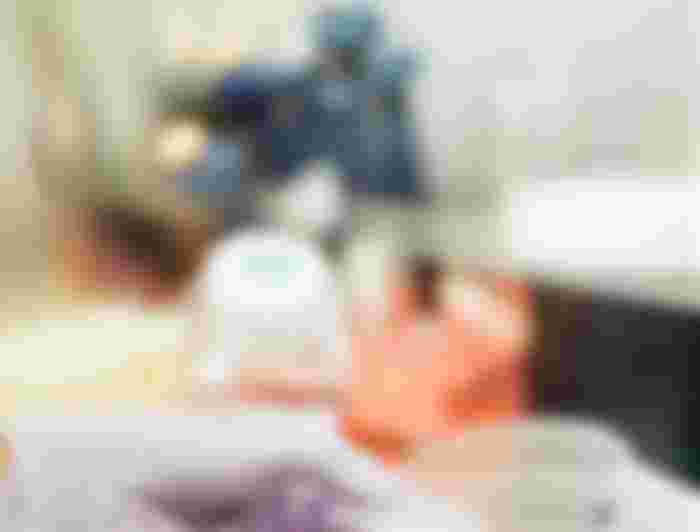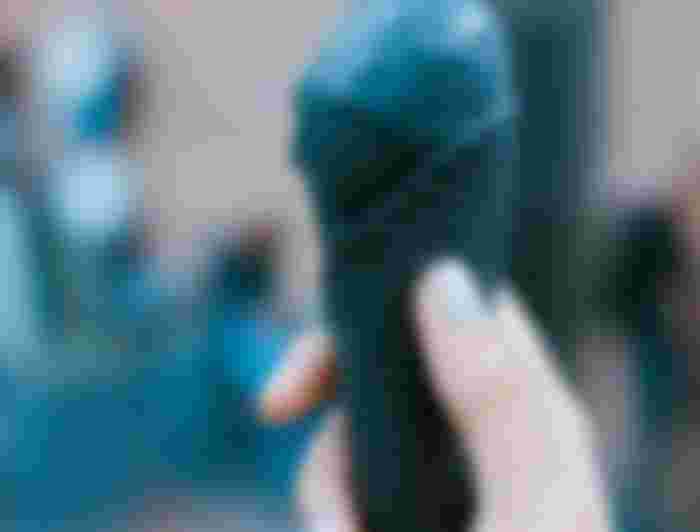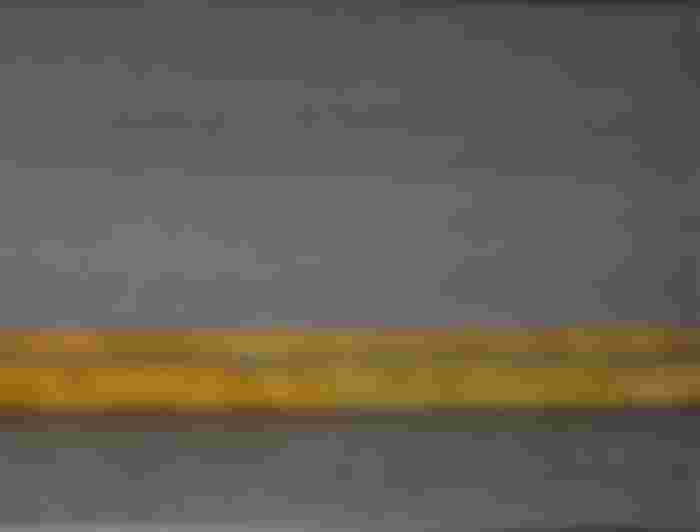The discoveries and inventions of the past few years have led to dramatic changes in the lifestyles of many people.
Not many years ago, the first satellite circled t earth. The Space Age began. Since that time, we have come a long way in space travel and research. Just as important, we have been able to adapt many of the space products for use here on earth. By-products now in use effect our everyday lives in many ways.
Space Research and the Field of Medicine
Many hospitals are using equipment that were developed as a result of space research. Nurses and doctors keep a close watch on some of their patients hy means of machines called monitors.In a heart-care unit, for example, patients may be hooked up to machines that look something like TV screens. In a room nearby, a large instrument panel is set up to receive the information fr om each patient's monitor. A nurse or doctor can then tell at a glance a patient's heartbeat, temperature. and breathing pattern. The large monitor can also act as a computer and information.
Although doctors and nurses give each patient medical attention, a monitor helps them to know instantly of a patient's condition. The moment a monitor records that a patient is having difficulty, help is on the way. Many lives, that might otherwise have been lost, are saved by this system. Space studies made the hospital monitoring equipment possible. But scientist.s and engineers first developed such machines and other devices for immediate use in space travel. Some medical advanced have developed, however, as a result of studies made on how space flight affects the human body.
Whenever astronauts go into space their bodily conditions change. Their temperature, heartbeat. and breathing change, and much else as well. We must know all we can about all these bodily changes if we are to plan for further safe travel in space.
To help researchers learn everything possible, a number of new instruments have been developed. Some of the instruments were already in use in other fields of work. They only had to be changed somewhat to be adapted for space research. Other instruments were developed for the special needs of the space program.
How are such developments adapted for use in other fields, such as medicine? Suppose doctors in the space program develop instruments that check an astronaut's condition. They realize that these instruments would be useful in the field of medicine, too, for checking on a patient's condition. Doctors and researchers then would probably work closely with medical engineering or supply companies to adapt such instruments for a hospital's needs.
This is only one example, of course, of the way in which something that is developed for use in one field may be taken over by another.

Space Research and Food
A great deal of research is being done today on food. For example, what sort of food should be carried in a space capsule on long journeys?
Such food has to be very special. First of all,it must keep the astronaut healthy. It has to be toad th:it will not spoil; there is no freezer in a space capsule. The Food cannot be canned, for it must not take up much room or weigh too much. The food should be tasty and easy to prepare.
The astronaut's food come in plastic tubes. It is either freeze-dried or concentrated. Freeze-dried means that it is frozen and the water is removed. Water is added later. Concentrated foods, such as cookies, need no water. Such foods save space and weight. Their packaging keeps crumbs and liquids from floating inside the spacecraft.
Some of these space foods are already being sold in supermarkets everywhere.

Space Research and the Home
Some of the by-products of space research have been improvements in machines and materials already in daily use. TV sets, radios, and watches are less hulky and work better, thanks to new electronic devices. Hearing aids are made small enough to fit within the frames of eyeglasses. Also, the use of new materials in the production of cookware and the discovery of labor-saving devices have made the modern kitchen a delight.

References:
P. Galapon & A. Relente (2010). English for all times. (1281 Gregorio Araneta Avenue Quezon City Philippines.)



Wow such a nice article dear. This is what we call an article. Long and detailed.
Not some short stories that most of I've read. Thenks sa imong pag share sa akon.